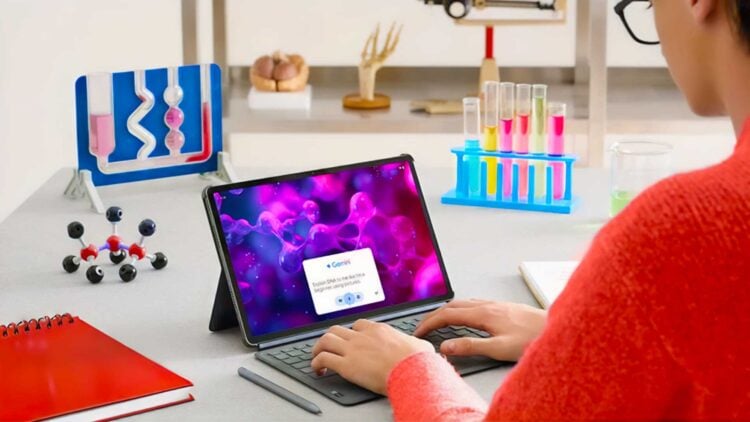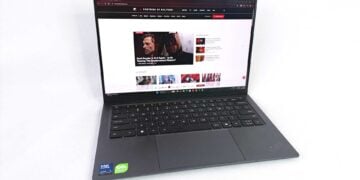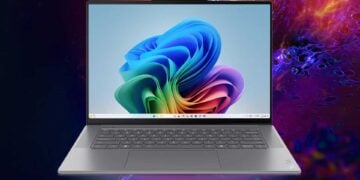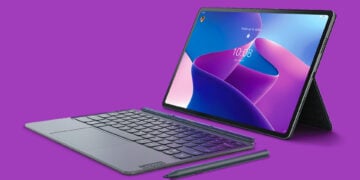It’s not often I get to review tablets these days. Most brands tend to focus their marketing efforts on their flagship smartphone lineups. However, Lenovo doesn’t have that same issue. As such, the previous tablet I tested at the end of 2024 was also a Lenovo device. This time around, the brand has raised the bar with its latest tablet, the Lenovo Idea Tab Pro.
For the most part, the Android tablet market was dominated by the likes of Samsung and Huawei. While the former still holds a strong position in the market, the latter has lost some ground, again as a result of the US ban, which has prevented offering the standard Android experience to users. With most users purchasing a tablet for entertainment or a niche requirement, such as design or reading, having the full suite of apps available to them is key. This leaves the door open for many other brands, with Lenovo leading its charge with a range of impressive options.
The brand has taken the challenge much more seriously in 2025, offering a Pen (stylus) with some of its units within the contents. This adds significantly greater value and expands the market even further for more professional Android users.
Lenovo Idea Tab Pro Build and Design: Premium Feel Meets Practical Functionality
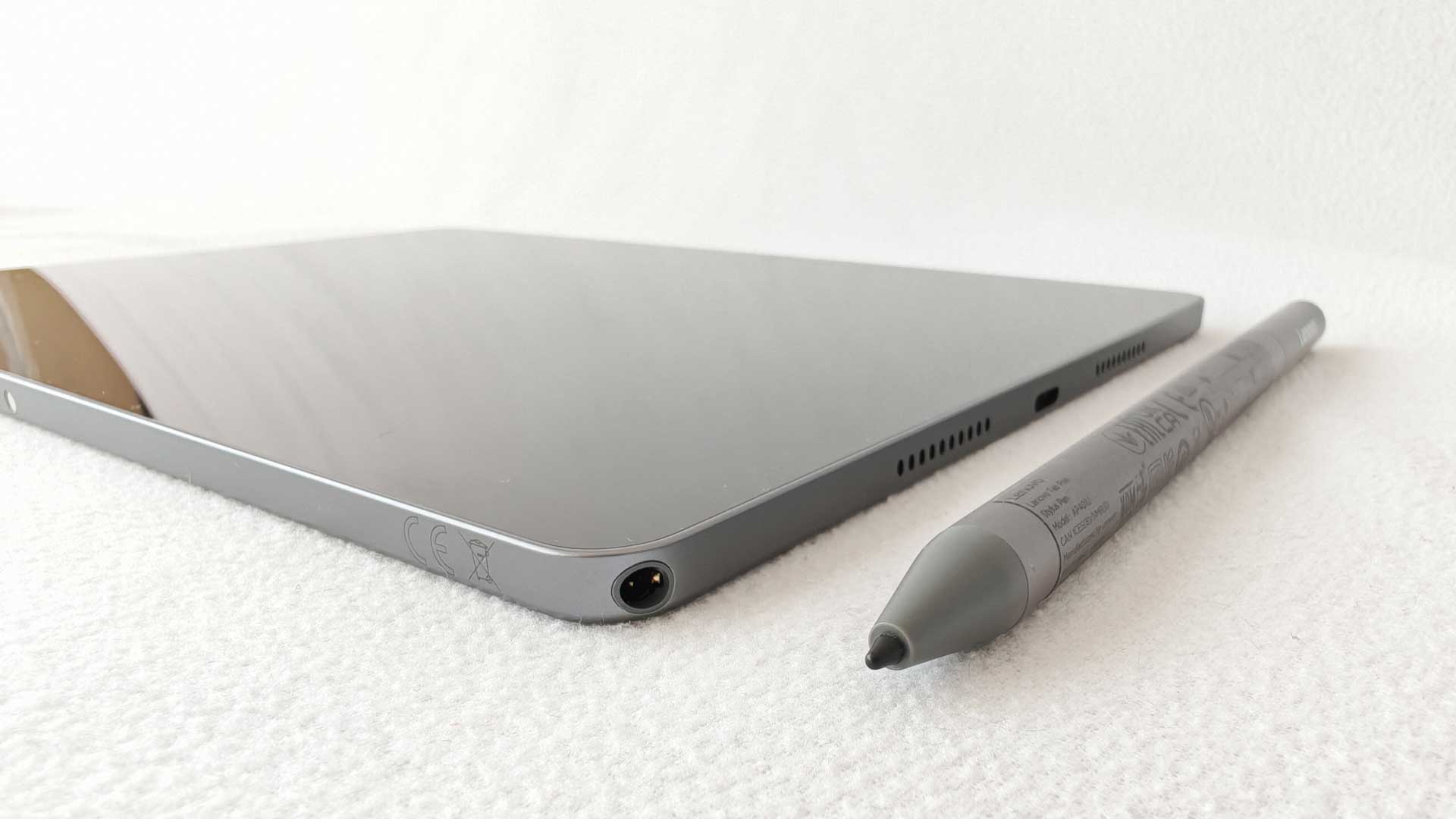
With the word “Pro” in its name, you know it’s going to offer the best-in-class hardware under the hood. Such hardware often comes with the caveat of extra weight, and that’s also true with the Lenovo Idea Tab Pro. That’s not to say it’s cumbersome, weighing a reasonable 620g. For the most part, that’s about half the weight of your average 14″ to 15″ laptop. As such, it will be noticeable in the palm of your hands after using it for some time. You’re not going to be doing any doodling in one hand for too long before you feel the strain.
With its dimensions of 189.1 x 291.8 x 6.9 mm, it’s also fairly large. It’s larger than your standard tablet, but again, this is the Pro version, so it has a lot more to offer its users, who could easily overlook its size and weight.
In terms of the design, Lenovo kept things to the bare minimum. There aren’t many frills on the tablet, with the brand offering no variants and only one colour, Luna Grey. It does have a solid body, crafted as an aluminium unibody design. It features a two-tone rear design, with the Lenovo logo centred and the single-lens camera positioned to the top right. There is a magnetic section towards the top to attach the Pen. However, it’s not as easy to place when you’re done with it. The front features a tempered glass finish, a uniform bezel around the display and a centred front-facing camera.
At the right-hand side of the unit, you will find a Type-C charging port in the centre, with speakers located on either side. Lenovo continues to include the 3.5mm auxiliary port for those who still prefer wired audio. That’s a nice touch, considering most brands have abandoned this option from their entire portfolio by 2025.
The left-hand side features an SD-card slot in the centre, with another set of speakers positioned on either side. This brings the speaker total to four, delivering stereo audio for users. Towards the top is the power button, which wasn’t the easiest to navigate to when using the tablet for the first time. The power button also doubles as a fingerprint reader for easier login, but doesn’t really meet the threshold for banking-grade biometrics.
The top and bottom of the device are much cleaner, from a design perspective. The bottom houses the magnetic strip for any cover or keyboard attachments, while the top only houses the volume rocker.
Overall, it features a minimalist design, with Lenovo prioritising performance over aesthetics. It doesn’t look cheap, but it’s also not the most premium in hand.
Lenovo Idea Tab Pro Display Review: 3K Resolution and 144Hz Brilliance
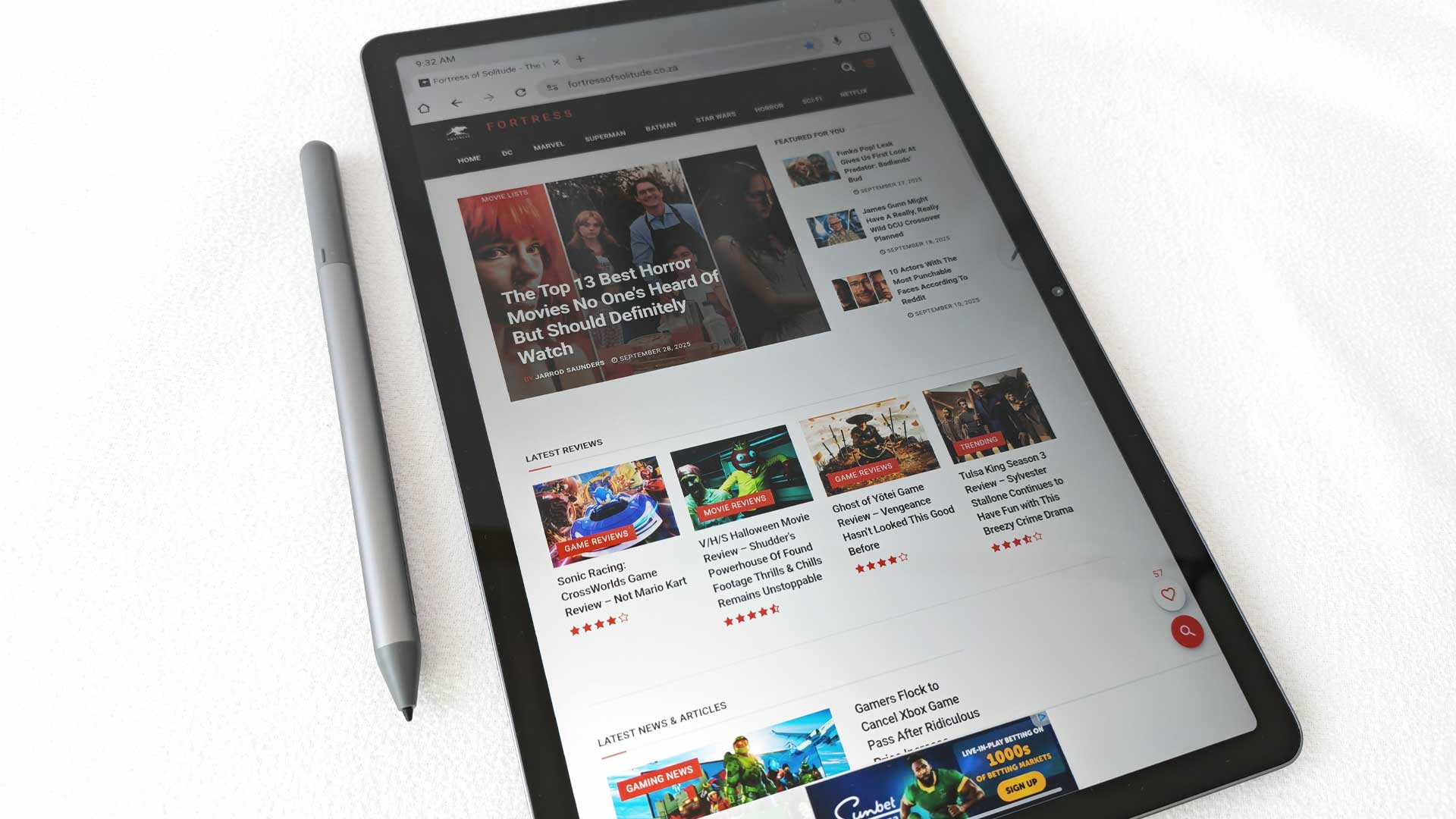
The Lenovo Idea Tab Pro features an impressive 12.7″ IPS LCD screen. It features a 2,944×1,840px display, which is quite an unusual resolution. That said, it qualifies as a 3K resolution display, so it’s not bad at all. With a pixel density of around 273ppi, which is higher than both the Samsung Galaxy Tab S11 Ultra and the Apple iPad and iPad Air 11 and 13. It has a similar resolution to the Tab S11 Ultra, but is slightly lower than the iPad Air 13. So, if you’re looking for superb clarity in terms of resolution, the Lenovo Idea Tab Pro has you covered.
Where the Tab S11 Ultra does stand out against the rest of the pack is its AMOLED panel. The IPS LCD screens of the Lenovo Idea Tab Pro and iPad don’t match the deep contrast and brilliant brightness of the Samsung tablet. That said, it’s not all doom and gloom. The Lenovo Idea Tab Pro screen delivers decent visuals with bold colours, a smooth 144Hz refresh rate and HDR10 support.
While it may not be the most excellent presenting visuals outdoors, indoor brightness, intense colours and solid blacks make for impressive viewing. Users can spend hours watching their favourite movies or playing games while enjoying high-resolution onscreen playback.
Lenovo Idea Tab Pro Specs: Powerful MediaTek Dimensity 8300 Performance
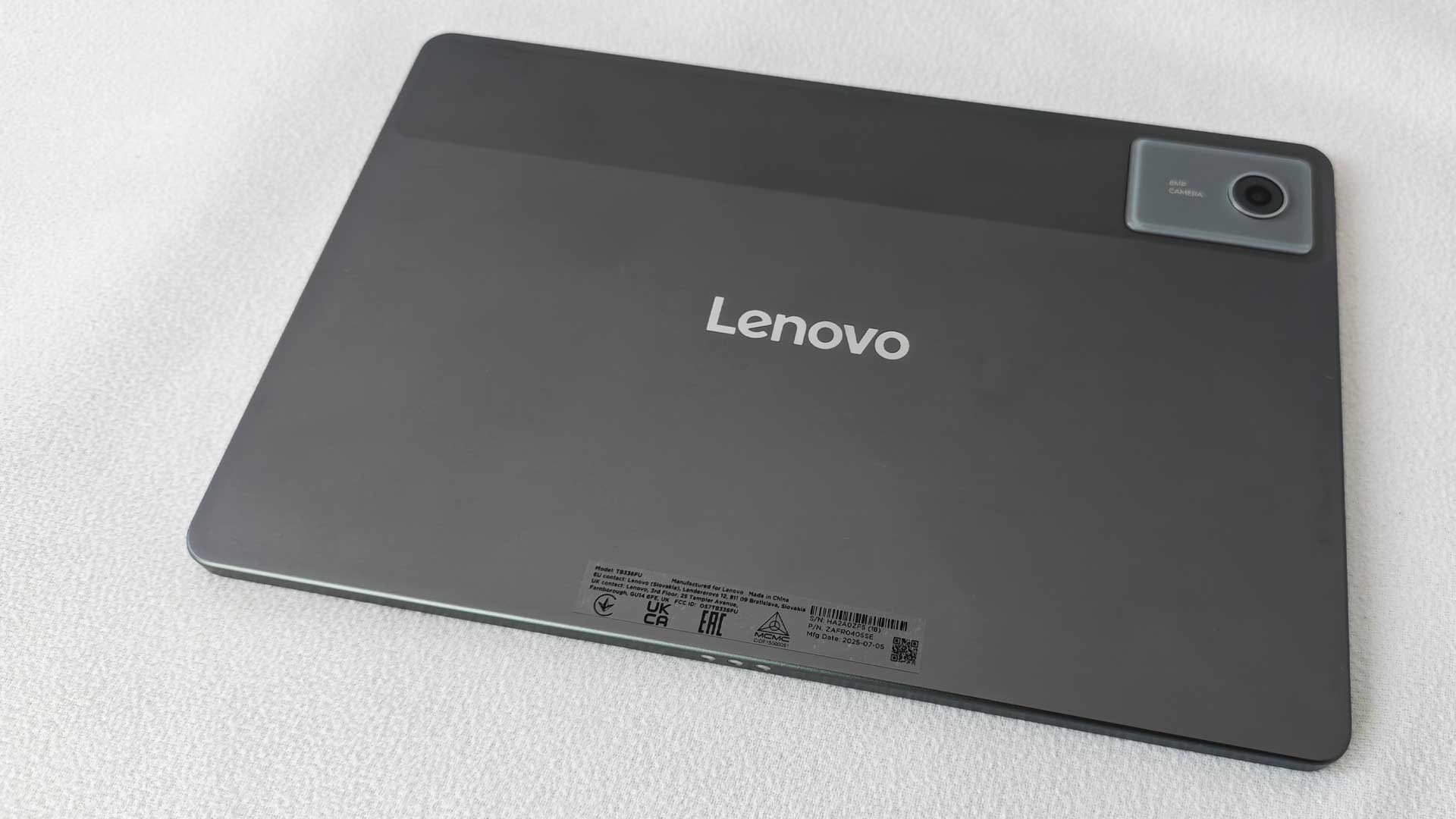
In addition to a solid build and great visuals, the tablet is also backed by high-quality hardware. This includes a MediaTek Dimensity 8300 Octa-core SoC, which features an A715 3.35 GHz CPU, three A715 3.2 GHz CPUs, and four A510 2.2 GHz CPUs. The MediaTek brand has delivered strong results in recent years, gradually transitioning from an entry-level SoC to provide mid-tier to high-end hardware backed by excellent performance.
Its SoC is supported by 8GB RAM, along with 128GB and 256GB storage options. It features a large 10,200mAh battery for power users. As with most tablets, there is little focus on camera technology. The plethora of memes showing people using their tablets to take photos or record videos was sufficient to deter users from utilising this feature, allowing OEMs to reduce hardware costs somewhat. The Lenovo Idea Tab Pro features a relatively decent 13 MP primary camera and an 8MP front-facing camera for video calls. Both of these offer 1080p@30fps recording.
The Lenovo Idea Tab Pro features Android 14 and is upgradable to Android 16 out of the box. Lenovo guarantees two years of OS updates for users. However, this isn’t sufficient, as the lifecycle for tablets is much longer than that of the average smartphone, which lasts two to three years. Most users tend to hang onto their tablets for between five and six years, with some extending the lifespan even longer. As such, having support for at least another two years would be ideal for Lenovo Idea Tab Pro users, especially when they need to update any apps for their design work that may eventually require an OS update at some point.
Lenovo Idea Tab Pro Performance Review: Gaming, Multitasking, and Pen Experience
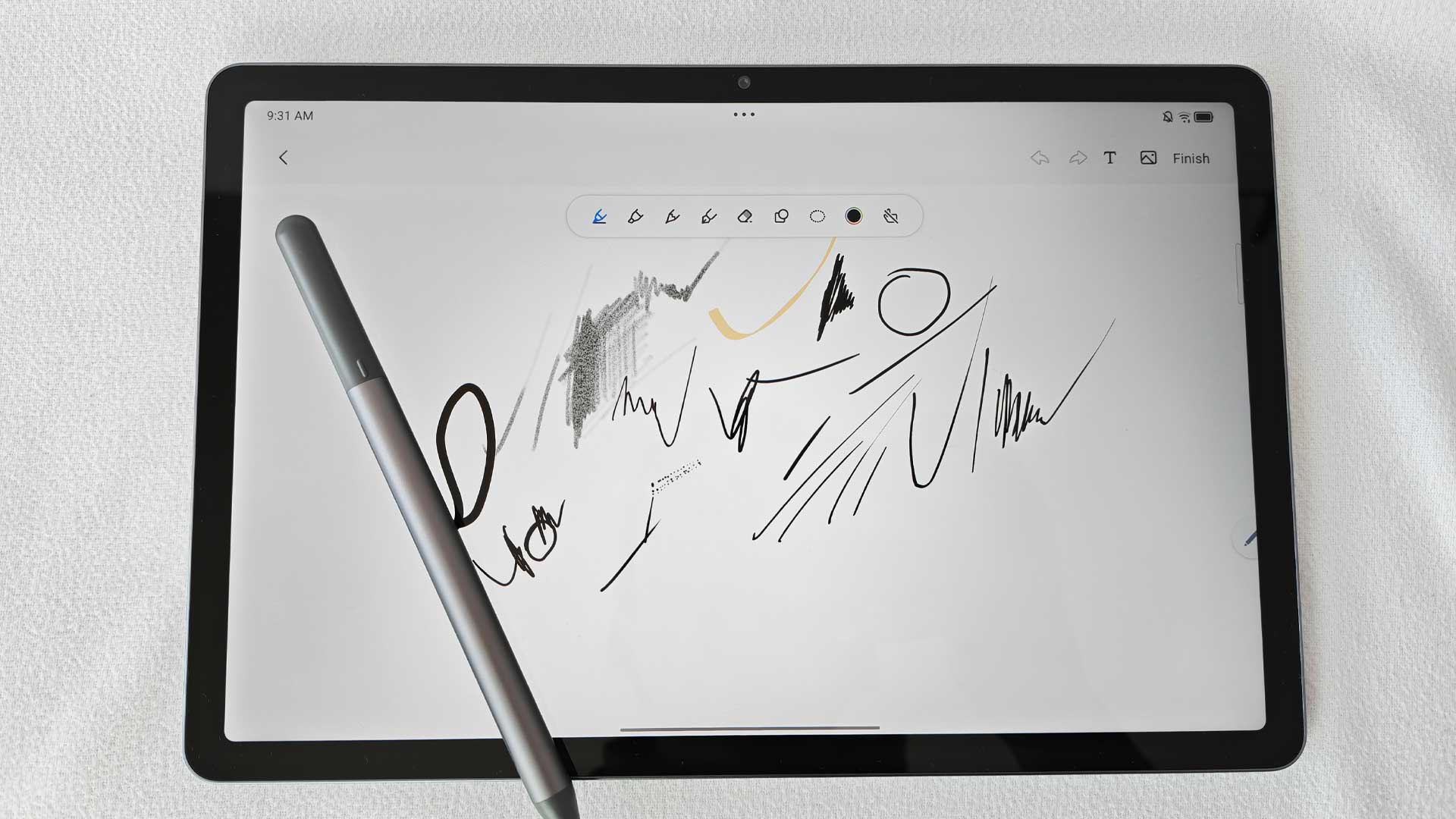
During the review period, I didn’t encounter a single glitch during its use. The performance is smooth overall, with excellent speed over WiFi – significantly faster than on most smartphones. Running the basic load tests with multiple tabs open over WiFi, there was no detectable lag either.
It’s also perfect for all your gaming. Downloading some high-end Android games, the Lenovo Idea Tab Pro delivers with ease. For most games, frames per second were consistently above the 60fps mark, even when graphics were set to maximum settings. It makes good use of its 144Hz screen, but requires some tweaking of the graphics settings to achieve optimal performance. Pair the tablet with your Bluetooth controller, and you’re all set for a great time.
As mentioned previously, the unit packs four speakers to deliver stereo sound. This quad-speaker configuration is JBL-tuned, producing some of the best sound available on a tablet device. For that matter, it sounds a lot better than many of the business laptops I’ve reviewed over the past three or four years, which speaks volumes. I tend to gloss over the sound aspect when reviewing laptops and tablets, as they don’t particularly impress me. However, the sound quality on the Idea Tab Pro really delivers, and with its Dolby Atmos support, it makes entertainment all the more engaging.
In the Pro version of the tablet, Lenovo has included a Pen, specifically known as the Lenovo Tab Pen Plus, for completeness. I didn’t think much of this at first, leaving the testing to the final week of the review period. Needless to say, this was a mistake. The Pen, unlike many others I’ve utilised, was fantastic to use. It doesn’t quite match up to the top-tier Apple Pencil, but it can definitely give it a run for its money with great pressure sensitivity and the like. Even better is the fact that it’s included in the contents and not an additional, pricey purchase as with the Apple Pencil. A few stroke tests delivered good results, matching the depth of your stroke to the thickness you’d expect from an actual pen or pencil. I spent a good few hours practising the various flicks and ticks on each of the preset art tools available on the app. Lenovo has also included a notes app that fully utilises the Pen. It’s not quite as powerful as the dedicated drawing apps available on the market, but it’s still great for free-to-use software.
The one downside about the Pen is that it doesn’t use wireless charging when attached to the phone. Users will need to connect the device to a Type-C charger when the battery depletes. That said, with over 150 hours of benchmarked standby time, it’s not often you have to reach for the charger.
Speaking of the battery, the tablet’s 10,200mAh battery does a solid job. If you’re using the device as your primary device for most of your tasks, it’s more than capable of powering you through an entire day’s worth of usage. The only significant power drain came from running background downloads, which experienced a noticeable spike in power consumption when downloading multiple files simultaneously. The impressive WiFi speeds meant that it drew quite a bit of power to get your files to you as soon as possible. A bit of give and take here.
For non-power users, you can easily carry the tablet with you in your bag for days on end, picking it up whenever needed and putting it back in the bag to be used again at a later date. Although I wasn’t able to test the full standby capabilities, I was still able to manage an entire week of light usage.
As is standard for modern tablets, it includes up to 45W charging via Type-C. Given the large battery capacity, you can expect to recharge fully in around two hours. There are no supercharging capabilities, but that’s more than sufficient for most users.
Is the Lenovo Idea Tab Pro Worth Buying in 2025? Final Verdict
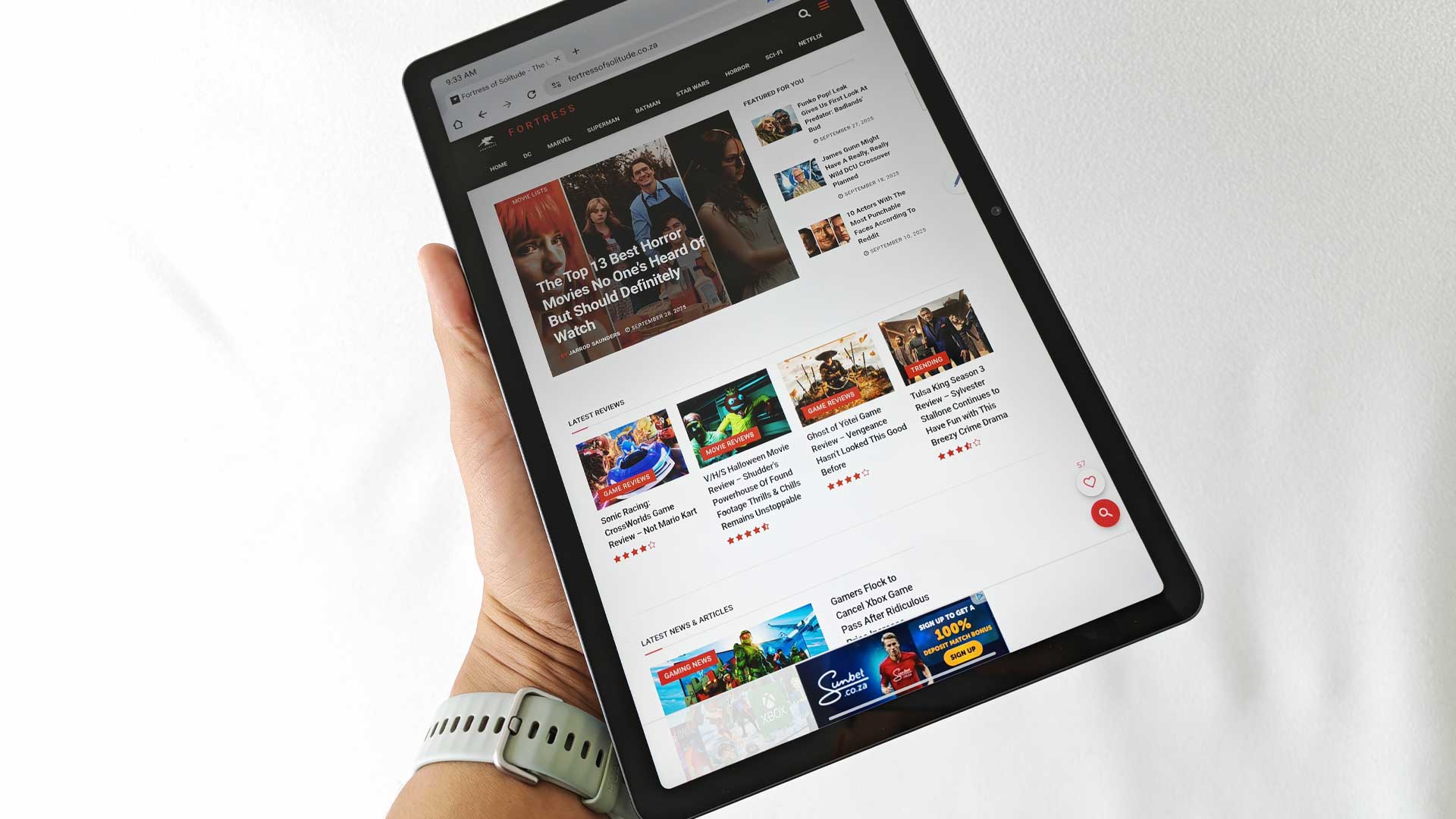
For most users, the tablet serves as a means to an end, primarily for occasional video watching, general light use, and other occasional tasks. However, with the Idea Tab Pro, you may experience a change in mindset as a result of its performance. With decent visuals and excellent sound quality, you can use it for gaming, watching movies, series, or other videos, or simply be entertained by music. At the same time, you read your current favourite book. It truly delivers an immersive experience. If you’re in the market for a new tablet and looking for something you could rely on for a few years to come, the Lenovo Idea Tab Pro might be right up your alley.
RELATED: Lenovo Legion Go Handheld Review – Changing the Gaming Console Landscape
The Review
Lenovo IdeaPad Pro (2025)
The Lenovo IdeaPad Pro is an excellent tablet at a competitive price point. Offering well-rounded performances, an impressive quad-speaker setup and excellent battery life, users can be entertained for hours on end.
PROS
- Great hardware specifications
- Solid visuals with 3K resolution display
- Awesome JBL-tuned quad-speaker system
- Excellent Pen, included in the contents
CONS
- Android OS hasn't quite embraced full tablet support
- Worrying about the two-year Lenovo software support

